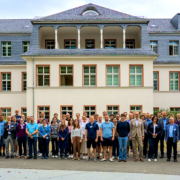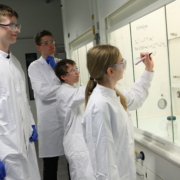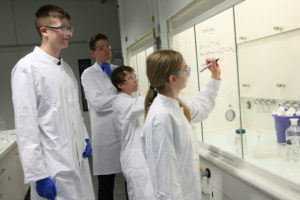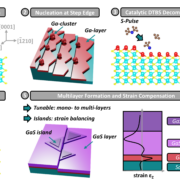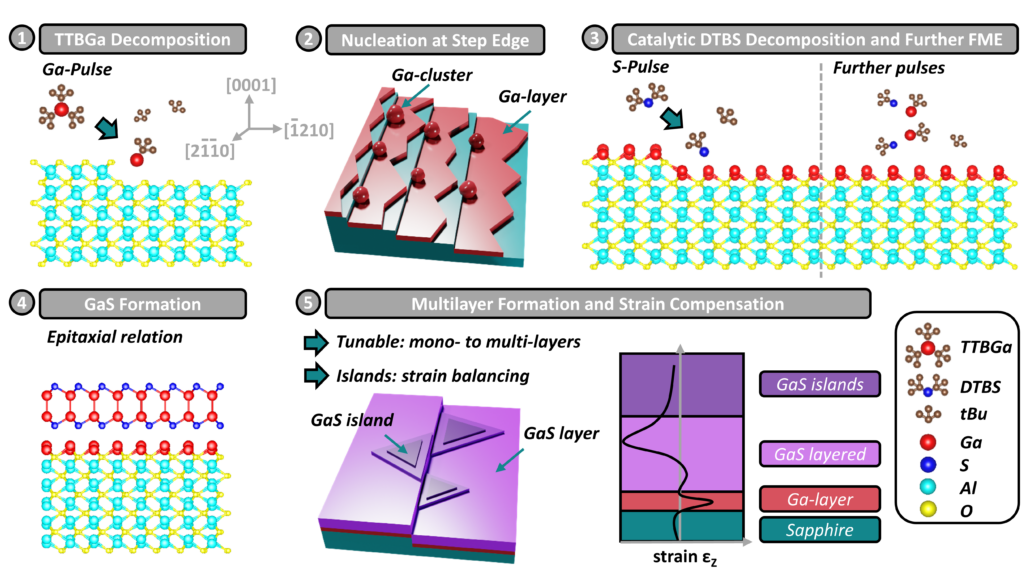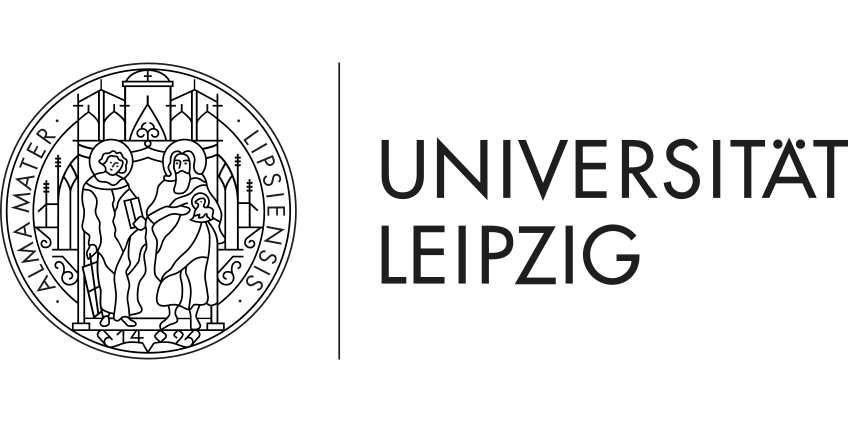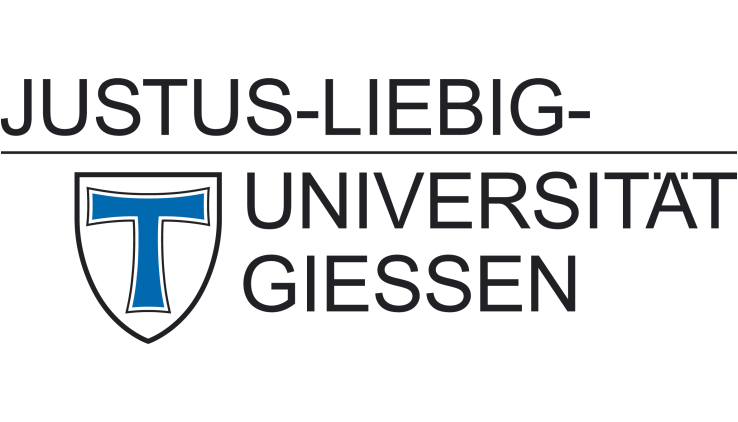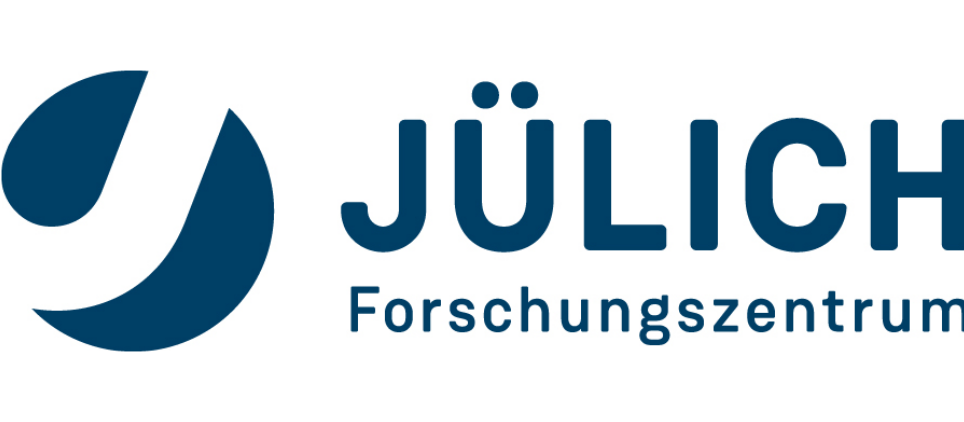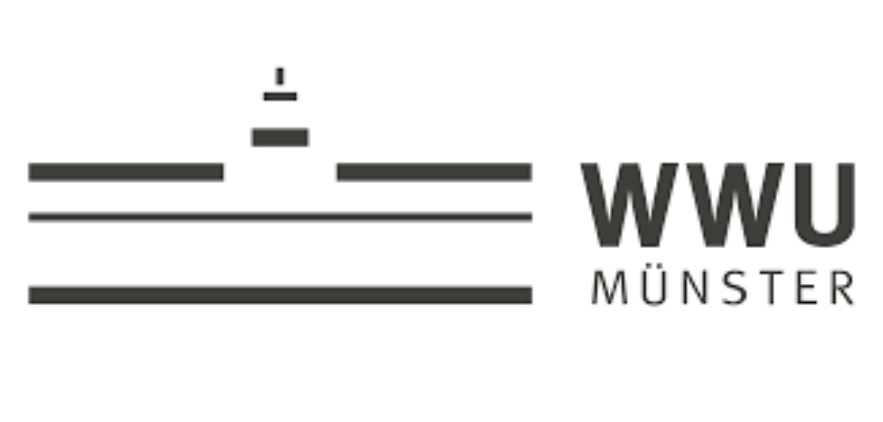The International Conference on Internal Interfaces, ICII-24, was held in Marburg
SFB 1083 organized the third International Conference on Internal Interfaces (ICII-24) in Marburg with many national and international speakers.
The meeting brought together more than 100 scientists from across the world in the new library building of the Philipps-Universität Marburg. From those, over 25 national and international speakers were invited to present their most recent progress in interface-research. Oral and poster sessions set the framework for intensive discussions on the newest developments in a fast-changing research field.
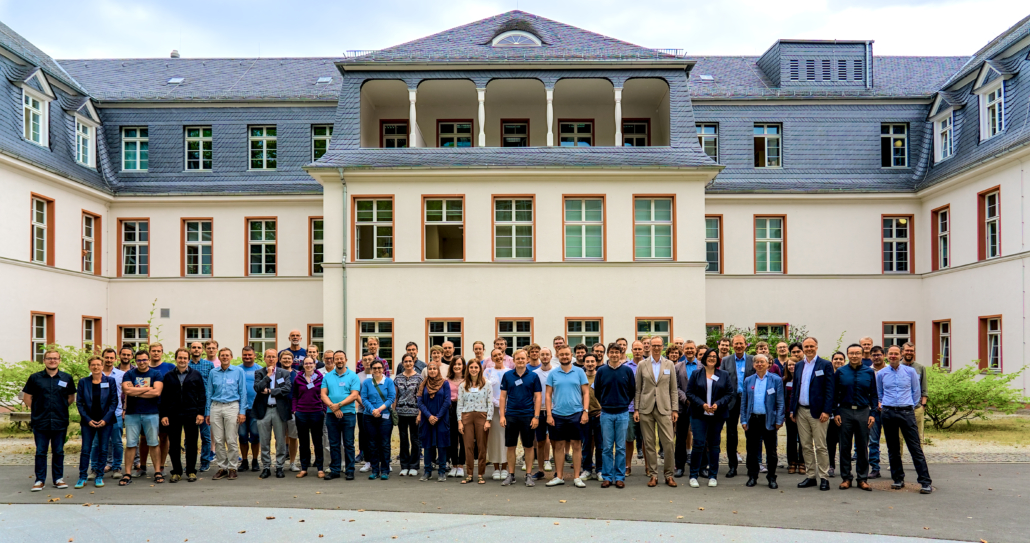
Thanks to the generous donations of Dock Chemicals and Scienta Omicron, the SFB awarded poster prizes for the best posters presented during conference. The first price was awarded to Klaus Zollner from the University of Regensburg (poster title: “Proximity-induced spin interactions in twisted van der Waals heterostructures”). The second price was shared between Dr. Sabine Wenzel (poster title: “Selective on-surface synthesis of isokekulene through strong molecule-metal interaction”) and Dr. Roberto Rosati (poster title: “Engineering the charge-transfer excitons in 2D lateral heterostructures”) both from Marburg. The committee congratulates all three award winners.
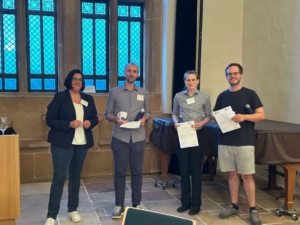
The attractive setting for the event provided by the Philipps-Universität Marburg and the city contributed to making it a memorable meeting.
For more details please check out the meeting’s homepage.

